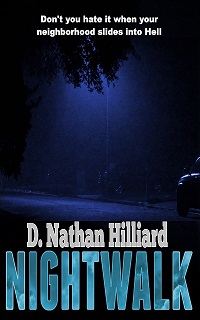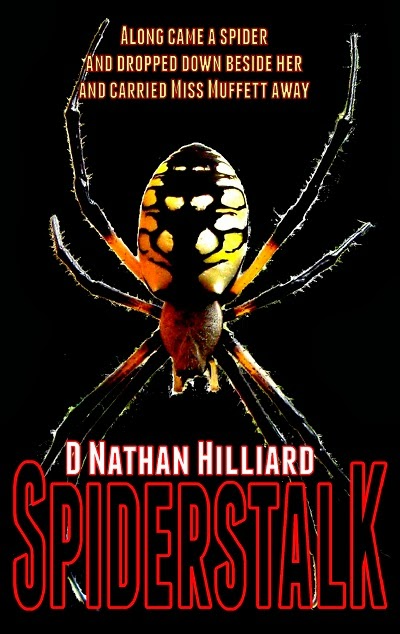Last night, in a rite of passage of sorts, I celebrated the
Halloween season by sitting down with my son and watching a horror movie. After carefully weeding through the
possibilities to eliminate the ones with nudity and other sexual content that
us parents object to, I finally settled on John Carpenter’s, The Thing.
It’s an unusual movie in that it is actually scary, yet
doesn’t contain a single female character (which means none of that
aforementioned nudity). There’s blood and gore, but most young buys are more
than capable of dealing with that. The language is a little rough, but if you’re
going to watch a horror movie with your kid you have to make some concessions
at some point. This ain’t Disney, after all.
Anyway, we both enjoyed the film and had a high old time
pointing things out and eating popcorn.
But while I watched the film, I also found myself comparing
it to the “prequel” that had been made only a year or two ago. That one hadn’t
been too bad, (actually, it was better than I expected it to be) but this one
was so much better. And as I realized that, I watched the film closer and tried
to work out why.
Both movies were competently acted. And I will give the
prequel credit for doing things to set up what was found in Carpenter’s movie
with only a couple of objectionable exceptions.
Personally, I think if you are going to go that direction then it’s the
writer’s duty to go ahead and nail it without leaving ANY big things that don’t
fit. It wouldn’t have been that hard. But that was a personal quibble on my
part and I don’t think it’s what made the “prequel” an inferior movie.
In the end, I think it all came back to the CGI. Now (full
disclosure) I’m not a fan of CGI in most horror movies in the first place, but
I’m not totally sure the CGI itself was the total problem here. The only VISUAL
drawback I noticed with the CGI was that in comparison with the monster in
Carpenter’s movie, the one in the prequel simply wasn’t as wet and slimy. There
was also that feeling of “not really there” that I sometimes get with CGI as
well, even when it is seamlessly done.
But the real problem wasn’t so much the CGI as the decisions
it led the movie makers into making. CGI allowed them to have the monster
rampaging through hallways and stalking people through rooms…therefore that’s
what they did, and I think that was their mistake.
There are two types of monsters in monster movies. There are
“monsters of the shadows,” that only appear from time to time out of the
darkness or from offscreen (or in this case out of a person) and then do their
thing and vanish…and then there are rampaging monsters who once they appear
throw mystery to wind and go howling after their victims. (like the dinosaurs
of Jurassic Park, for instance).
So when the makers of The Thing chose to use their newfound
ability to release the monster and have it storm through the station, they
changed its very nature. Sure, it was still grisly and doing disgusting acts of
morphology with the human body, but now it was a monster of the shadows that
was out of its element. Now it was out in the open and having to keep topping its
last act of being scary and disgusting, while being cast in role of a velociraptor
hunting prey.
The end result were scenes that weren't a total failure
because they had at least been competently done, but were nowhere near as
effective as the scenes in Carpenter’s move simply because they had the monster
doing something it was never really intended to do. It was acting against type.
And I think that matters, not with just movies, but with
books as well. I think when we as authors write a monster book, we need to be
very clear with ourselves what type of monster we are creating. That way we can
be careful to use them to their best effect. Because as authors, we are faced
with the same quandary that has been the downfall of many horror movies that
have discovered the shiny new toy of CGI...
…just because we can do it, doesn’t necessarily mean we
should.










